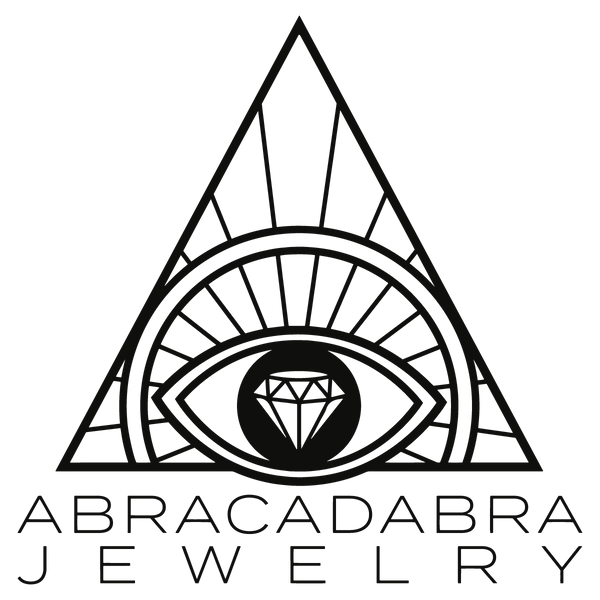What is the best kind of gemstone for jewelry? Many may assume that it’s diamonds: after all, they are the most broadly popular, the most durable, and among the most expensive. What other metrics could you possibly use?
Actually, though, there’s no one answer to what gemstone is best for jewelry, and there are a lot of different ways to think about it! We’re enthusiastic about a wide variety of gemstones around here; if you ever stop by our shop in Ann Arbor, Michigan, you’ll find a whole gallery of rare, unusual, and beautiful stones we’ve collected over the years. While diamonds are certainly great, they’re just the beginning!
Below, in alphabetical order, is part one of a rundown on some of the gemstones most commonly used in fine jewelry (you can find the second half of the alphabet in our next entry). Many of these gemstones are ideal for engagement and wedding rings, and even more of them are great for necklaces, earrings, and more.
If we missed a gemstone you want to know more about, chances are one of our staff has something to say about it! Don’t hesitate to contact us with questions.















